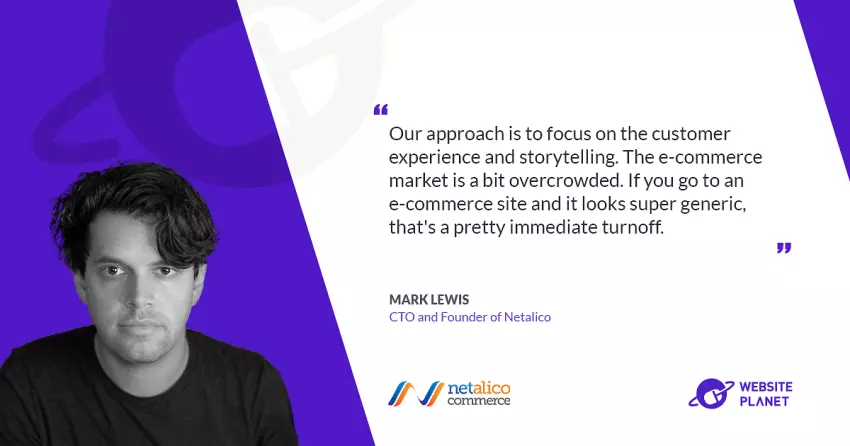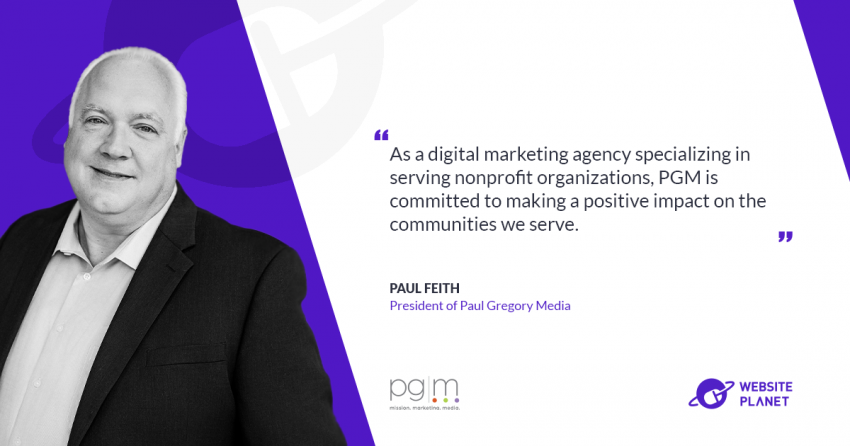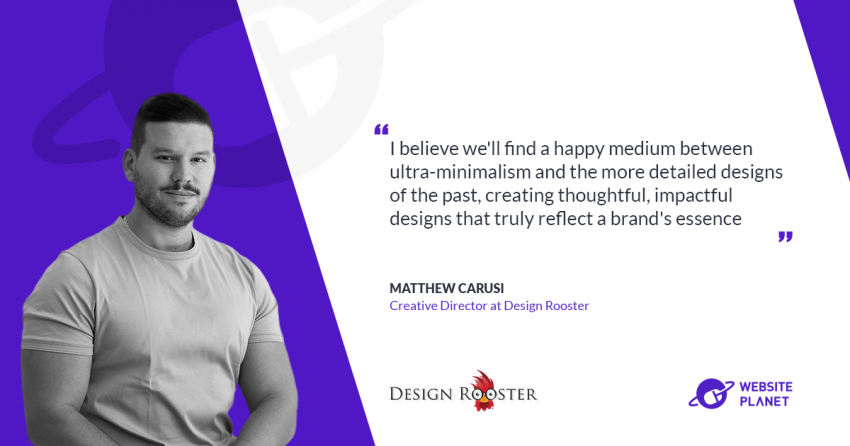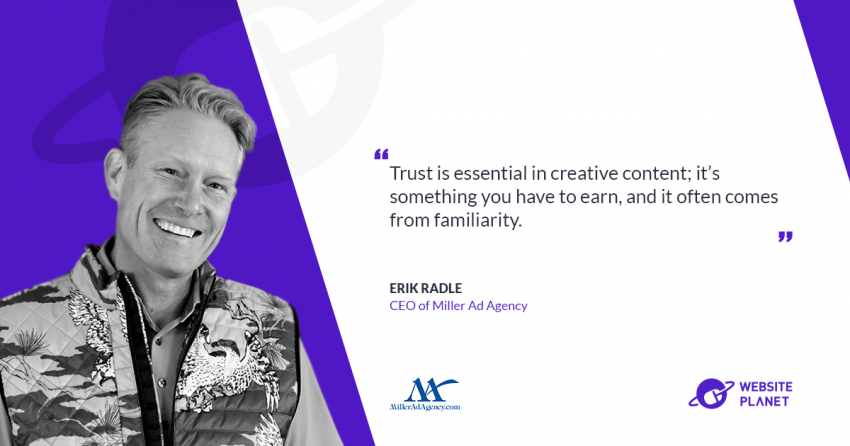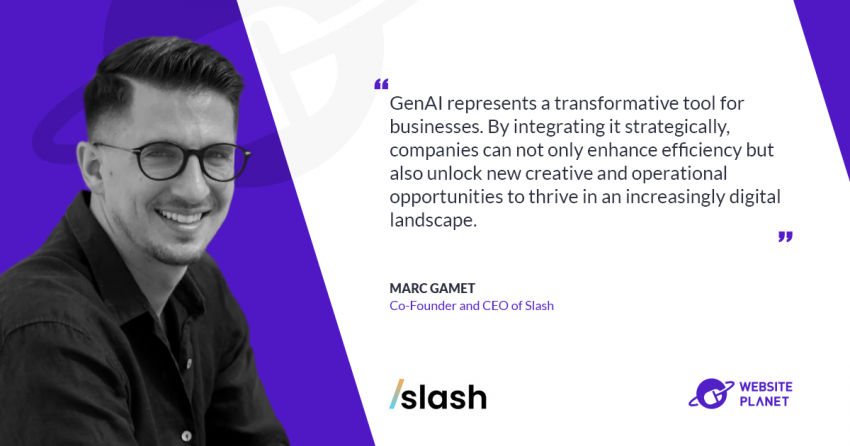Please present Netalico to the audience.
I started the company about 10 years ago as more of a freelancer. I was working in a tech job at NASA at that point and I was doing freelancing on the side. I’ve always loved working with the web and at that point it was kind of just some extra income. But the more I did it, the more clients found me through referrals from other clients. At some point, the demand was so big that I had to make a choice because I couldn’t keep working a full-time job taking on more hours on the side. So, I made the leap to do web development full-time at that moment, which was the genesis of the agency. It was just me for a couple of years. Slowly but surely, as the demand grew, I couldn’t do it all myself, so I started hiring a team.How can your solution help an e-commerce store to stand out?
Our approach is to focus on the customer experience and storytelling. The e-commerce market is a bit overcrowded. If you go to an e-commerce site and it looks super generic, that’s a pretty immediate turnoff. There’s a lot of templates, especially working with platforms like Shopify. I think people can sense if you’re just using a generic template. It’s not been customized or the experience hasn’t been really tailored to the brand itself. We work with our clients to create that custom experience for the customers, so that they feel they are facing something really unique, and to really tell them about the product. It’s more of a discovery experience, where they probably see the product on maybe an ad on Instagram, click through and as they enter the homepage and then the product page, the more they scroll down, the deeper they get into learning about the product. At the end of the visit, we want them to check out. If they don’t check out, we want to capture some data about them, like their email address so we can remind them later, because people are really distracted these days. Many times, they’ll spend 30 seconds on a website and then totally forget about it.Netalico’s website states that you are partners, not only vendors. Do you have examples of that idea or model?
I think the average life of working with our clients is from four to five years. A lot of clients stay around, even from my freelancer times, and I think that longevity is really because we take less of a project-based approach and more of an ongoing relationship approach. What do I mean by that? Many times, new clients will come to us having one immediate problem or a wishlist of issues that they want to fix. At that point, a lot of times they’re looking for a band-aid fast, but we try to divert them from looking at it. I’m looking at it in a more holistic view of fixing these initial issues, while knowing that there’s going to be more things and you’re going to need more help. So, let’s look at it from an ongoing basis. How can we put this in your strategy and not just put band-aids on things?Your recent works are very impressive because they are really diverse. How do you come to understand different clients and navigate their needs?
When we started out, it was just any kind of web development, like WordPress sites for instance. Five years ago, we’ve really cut out everything, but e-commerce, which is helpful because I think of e-commerce basically as a website that sells gives the customer the to buy. With that, there are many different industries in e-commerce. When we first approach a client, we think of them as the subject matter expert on their product. They know the ins and outs of the product. So, we really rely on them for product knowledge. What we bring is more of e-commerce best practices: the things that are really universal across e-commerce sites, such as the customer experience and storytelling I’ve mentioned. As long as we’re able to focus on the product and get the product knowledge from the client, we’re able to integrate that in the best way to increase our conversion rate and basically make them more money.What are the most common errors you are observing in e-commerce websites?
Honestly, recently there’s been a trend of websites going headless. They are building a super custom front-end on top of something like Shopify. That’s the biggest thing I’ve seen in probably the past year or two. There’s a lot of hype around headless because it can be faster. But, other than that, it creates a lot of problems for clients. We’ve had a lot of inbound leads where they’re asking us to move them off headless and back to a standard Shopify build, because, once you go to custom and something like going headless, you lose a lot of control, especially for small to medium-sized businesses. Their marketing managers and their non-technical people really need a lot of control over the website, so they don’t have to reach out for developers for every little change. My main message to the e-commerce companies now is to keep it simple. Don’t go too complex, too fast, because it’s going to bite you in the long run.What do you recommend for a small company or physical store that wants to create a website and is in a very early stage?
For smaller companies, I’d say go ahead and start yourself. Don’t necessarily rely on an agency or hiring someone outside. Find someone inside the company, not necessarily technical but proficient with the web. You know, they’re used to working with some sort of CMS, like WordPress, or maybe Shopify, an e-commerce platform. See how far you can get as a company without leaning on outside resources. From what I’ve seen, that helps them to learn internally a bit more. They can learn the platform without spending a lot of money and with something like Shopify you can launch and have a functional store without a developer at all. When you have the need in the future to customize and to get more technical, it’s very flexible and a developer and an agency can help you. But I would always recommend keeping it simple at first and just really focusing on the core e-commerce experience, like providing good photos of my, making the process of checking out very simple and straightforwardFor those clients specifically, do you recommend Shopify?
Right now, we feel like Shopify is the most flexible platform and it really caters to the low-end all the way to the medium-high-end. It’s a great platform to start on and also be able to expand.What are Netalico’s plans for the future?
I always say our plans are just to keep growing with our clients. That’s the way that we’ve grown up until this point: just being there for our clients and as they grow, growing with them.With that, we always welcome a new client, but we’re never looking to create growth that shouldn’t be there. It’s more about just supporting what we have and taking the opportunity as they come.
